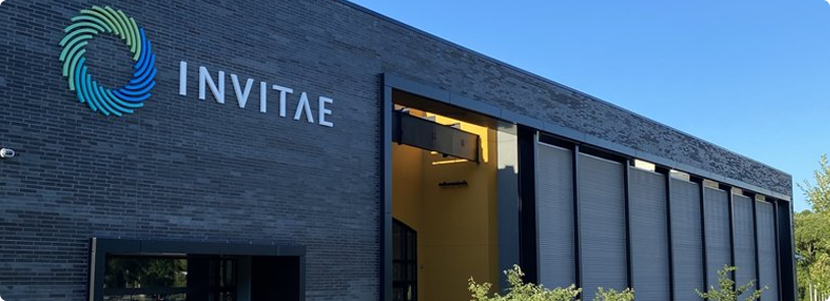

Enhancing Consistency and Reducing Costs in Multilingual Life Science Localization for Invitae
Explore how Hansem Global expertly managed the localization of critical medical documents for Invitae across multiple languages, ensuring both high-quality translations and cost efficiency. Discover their strategic use of translation memory and specialized linguistic teams in this comprehensive case study.
Project Summary
Invitae, a leading medical genetics company, faced a significant challenge in localizing various critical documents such as informed consent forms, sales flyers, authorizations, and white papers into multiple languages. The target languages included Arabic, Japanese, Portuguese, French, Swedish, Spanish, Vietnamese, Khmer, Lao, Hebrew, and Hmong. Invitae required that there be consistency across all languages, emphasizing that uniformity is crucial in medical documentation to ensure accuracy and compliance.

Challenges
The project faced two significant challenges:
First, we needed to ensure accurate translations of complex medical documents such as informed consent forms, sales flyers, authorizations, and white papers, while maintaining consistent terminology throughout these documents. This required a meticulous approach to preserve the precision and reliability of medical information across different languages.
Second, we were tasked with identifying strategies to reduce the costs associated with the localization process. This involved optimizing our operational workflows and incorporating cost-effective technologies without compromising the quality of our translations.
Our Solutions
Translation Memory and Termbase Management
To ensure consistency, Hansem Global implemented a robust translation memory (TM) and termbase system. This system stored previously translated content and specific medical terminology, which could be reused in subsequent translations. This approach ensured uniformity in terminology and phrasing across all languages.
Expert Linguistic Teams for Life Science
Hansem Global assigned specialized translation teams for each language, ensuring that translators were not only fluent in the target language but also had expertise in medical terminology and compliance requirements.
Quality Assurance Process
Rigorous quality checks were conducted to ensure the accuracy and consistency of translations. This process included multiple review stages by different linguists to cross-verify the consistency in terminology usage.
Cost Efficiency
By leveraging translation memory and termbase, Hansem Global was able to significantly reduce the amount of new translation required. This reuse of existing content led to a reduction in overall localization costs for Invitae.
Outcome
The utilization of a translation memory and termbase system proved highly effective. Invitae achieved a remarkable 30% reduction in localization costs due to the efficient reuse of previously translated content and consistent terminology usage. Moreover, the consistent quality across various languages ensured that all localized documents met the rigorous standards required in the medical field.
Conclusion
This case study demonstrates Hansem Global’s capability to handle complex multilingual localization projects in the medical field effectively. Their strategic use of translation memory and termbase not only maintained high-quality and consistency across multiple languages but also offered significant cost savings. Hansem Global’s approach serves as a benchmark for similar projects in the industry, showcasing how technological tools and expert linguistic teams can work in tandem to achieve efficiency and accuracy in localization.





